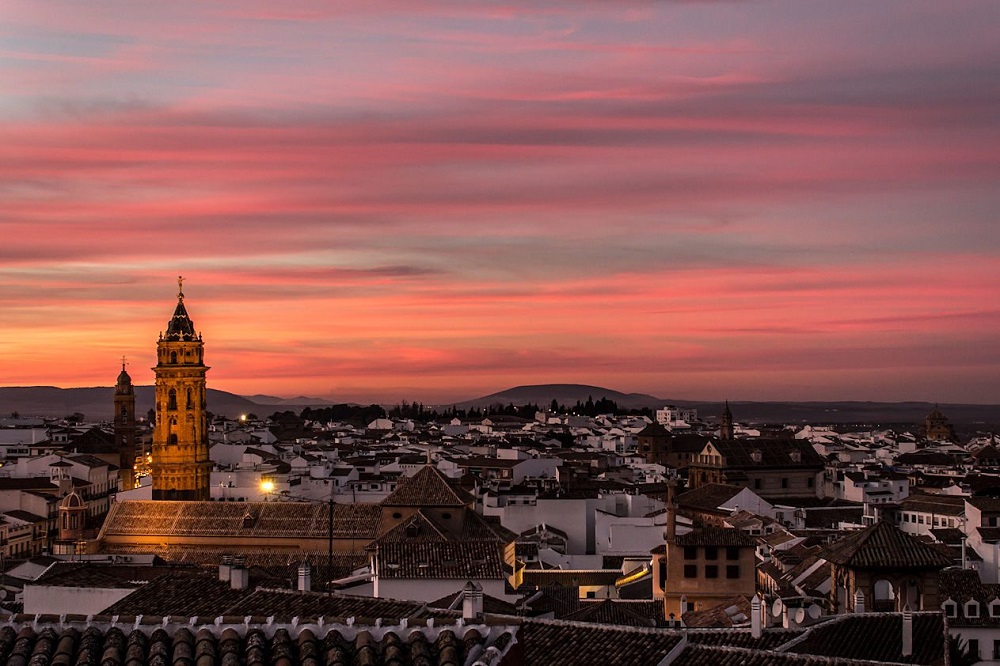I’m excited to guide you through the enchanting lanes of Antequera, a hidden gem located in the heart of Andalusia, brimming with captivating attractions and a rich tapestry of Andalusian culture. This picturesque town, cradled amidst lush olive groves and majestic mountain ranges, serves as a vibrant canvas of cultural heritage, natural splendor, and culinary indulgence. So, without further ado, let’s set off on an exploratory journey to unveil the top 10 experiences that this charming Andalusian town has to offer.


Francisco Méndez
Hello, I am Francisco Méndez, a passionate traveler and writer who has been exploring the beautiful landscapes and rich history of Spain for over a decade. I was born in Antequera, Malaga, Spain.
So I finally decided to do a blog about the best things to do in my loved birthplace, I wish you love that blog and find it useful.
Unearth the Mysteries of El Torcal de Antequera: An Unique Attraction
El Torcal de Antequera is a nature reserve that stands as a testament to the raw beauty and power of natural forces. This reserve is renowned for its unique karst landscapes, which are among the most impressive in Europe. These landscapes are the result of millions of years of weathering and erosion, which have sculpted the limestone rocks into a variety of shapes and forms. The result is a surreal, otherworldly terrain that captivates the imagination and provides a rich habitat for a diverse range of flora and fauna.
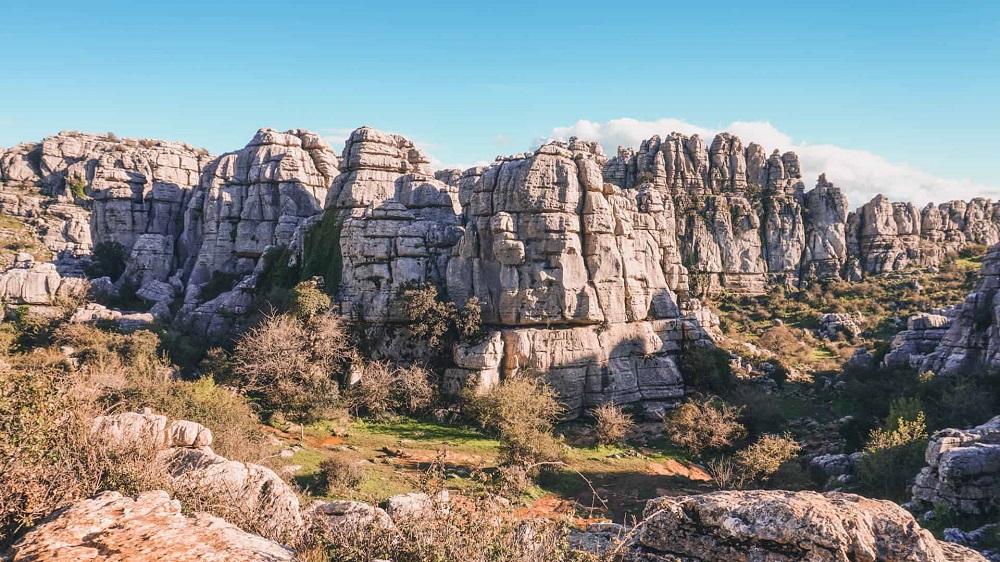

The park offers several hiking trails, each with its own unique charm and level of difficulty. These trails wind through the park, taking you on a journey through this extraordinary landscape. As you traverse these trails, you will find yourself immersed in a world of towering rock formations, deep gorges, and tranquil meadows. Each turn reveals a new vista, each more breathtaking than the last. The trails range from easy, suitable for families and casual hikers, to challenging, designed for experienced hikers seeking a more strenuous adventure.
As you explore El Torcal, keep an eye out for the wildlife that calls this place home. The park is a haven for the Spanish ibex, a species of wild goat native to the Iberian Peninsula. These agile creatures can often be seen clambering up the steep cliffs and rocky outcrops. Foxes, too, are common in the park, as are a variety of birds, including eagles, vultures, and owls. The diversity of wildlife adds another layer of intrigue to the park, making each visit a unique experience.
To enhance your understanding and appreciation of El Torcal, be sure to visit the park’s visitor center. Here, you can learn about the geology of the karst landscapes, the different species of flora and fauna found in the park, and the conservation efforts in place to preserve this unique environment. The visitor center also provides information on the various hiking trails, helping you choose the one that best suits your interests and abilities.
Venture into the Wild at Lobo Park: A Must-See Attraction in Antequera
Nestled in the heart of Andalusia you will find Lobo Park – a unique wildlife haven dedicated to the conservation, study, and appreciation of wolves. This park is not your typical zoo. Instead, it offers a rare opportunity to observe and learn about different species of wolves in a semi-natural environment, designed to mimic their natural habitats as closely as possible.
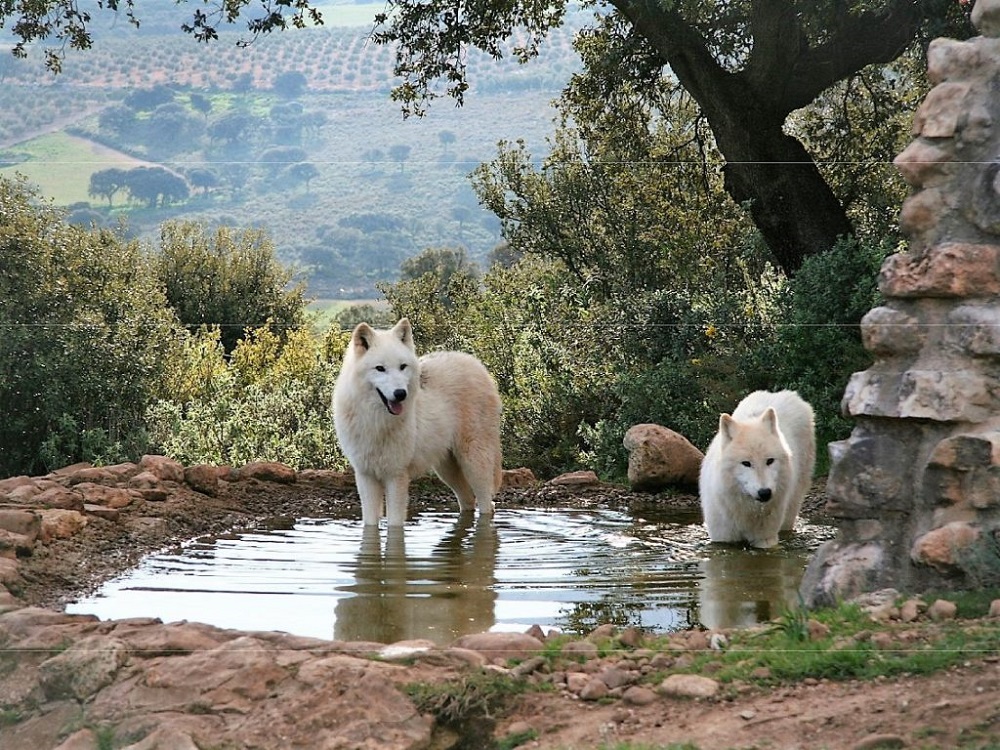

Lobo Park is home to several species of wolves, including European, Iberian, Alaskan, and Timber wolves. Each species has its own enclosure, designed to reflect its natural habitat. The European and Iberian wolves roam the dense forests and grasslands, while the Alaskan and Timber wolves inhabit the park’s more rugged, mountainous areas. This careful design allows the wolves to exhibit their natural behaviors, providing visitors with a more authentic and educational experience.
Guided tours are a highlight of any visit to Lobo Park. These tours are led by knowledgeable guides who are passionate about wolf conservation. They provide fascinating insights into the behavior, social structure, and ecology of these magnificent creatures. You will learn about the wolves’ hunting strategies, their pack dynamics, their communication methods, and much more. The guides also debunk common myths about wolves, helping to foster a greater understanding and appreciation of these often misunderstood creatures.
If you want to visit that wonderful place, check Lobo Park´s official website
One of the most unique experiences at Lobo Park is the opportunity to hear the hauntingly beautiful sound of a wolf’s howl. During the evening tours, as the sun sets and the park is bathed in the soft glow of twilight, the wolves begin their chorus of howls. This eerie yet beautiful sound echoes through the park, creating a truly unforgettable experience. It’s a stark reminder of the wild, untamed spirit of these creatures, and a testament to the park’s commitment to providing them with a life that is as close to their natural existence as possible.
In addition to the wolf enclosures, Lobo Park also features a petting zoo with farm animals, a playground for children, and a restaurant where you can enjoy a meal or a snack. The park is committed to providing an enjoyable and educational experience for all visitors, making it a perfect destination for families, school groups, and wildlife enthusiasts.
Step Back in Time at Alcazaba de Antequera: A Testament to Andalusian Culture
Dominating the skyline of Antequera from its strategic position atop a hill, the Alcazaba de Antequera is a testament to the town’s rich and diverse history. This Moorish fortress, dating back to the 14th century, is a symbol of the Islamic influence that once permeated this region of Spain. Today, it stands as a well-preserved monument, offering visitors a glimpse into the past and an opportunity to appreciate the architectural prowess of the Moorish era.
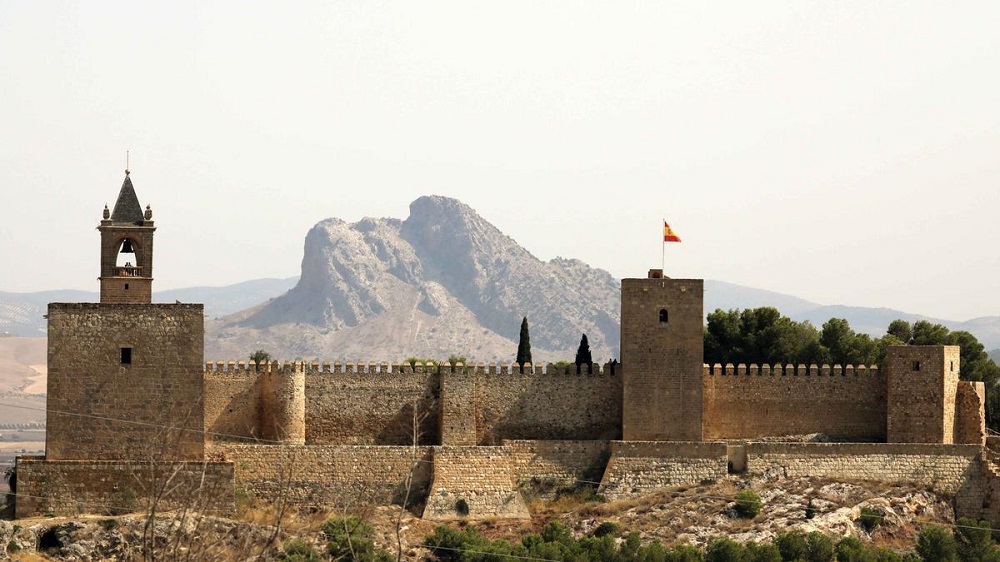

The Alcazaba de Antequera is more than just a fortress; it’s a complex of walls, towers, and gardens, each with its own story to tell. As you walk through the fortress, you can’t help but marvel at the intricate stonework, the robust fortifications, and the strategic design that has allowed it to withstand the test of time. The fortress is a testament to the craftsmanship and engineering skills of its builders, who constructed it to serve both as a defensive structure and a residence.
If you want to learn more about Moorish architecture in Spain, check this blog: The Influence of Moorish Architecture in Andalusian Cities
One of the highlights of a visit to the Alcazaba is the panoramic views it offers. From its vantage point, you can see the entire town of Antequera and the surrounding countryside. The view is particularly stunning at sunset when the town is bathed in a warm, golden light. It’s a sight that is sure to take your breath away and provide a perfect backdrop for memorable photos.
Inside the Alcazaba, you can explore the well-preserved walls and towers. Each tower has its own unique features, from the Torre del Homenaje, the highest point in the fortress, to the Torre de la Estrella, named for its star-shaped floor plan. The Torre del Homenaje offers an even more stunning view of the surrounding area, making the climb to the top well worth the effort.
The Alcazaba also houses beautiful gardens, where you can take a leisurely stroll amidst lush greenery and blooming flowers. These gardens were an essential feature of Moorish architecture, providing a tranquil retreat and a place for contemplation. As you walk through the gardens, you can enjoy the scent of blooming flowers, the sound of birdsong, and the serene atmosphere.
Journey into the Past at Dolmen de Menga: A Glimpse of Antequera’s Rich History
The Dolmen de Menga is a remarkable testament to the ingenuity and architectural prowess of the Neolithic people. This megalithic burial mound, dating from 3750-3650 BCE, is not just an ancient tomb, but a monumental piece of human history that has stood the test of time.
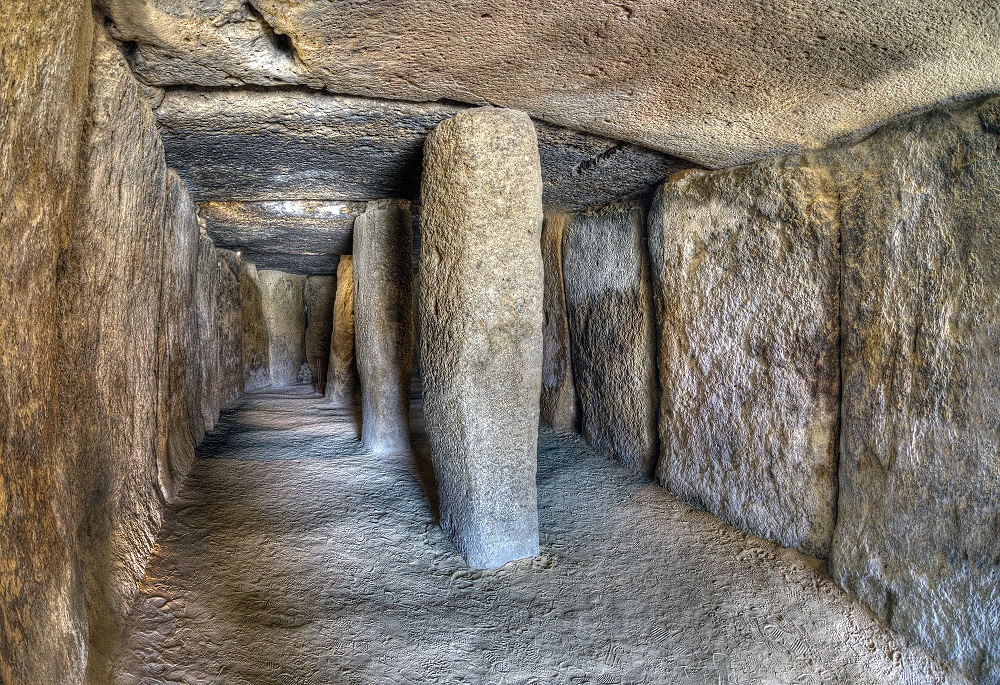

Recognized as a UNESCO World Heritage Site, the Dolmen de Menga is one of the largest known ancient burial mounds in Europe. Its sheer size and complexity are awe-inspiring, offering a fascinating glimpse into the funerary practices and beliefs of our ancient ancestors. The dolmen is a testament to the architectural and engineering skills of the Neolithic people, who, without the aid of modern tools or technology, were able to construct this massive monument using only rudimentary tools and sheer human strength.
The interior of the Dolmen de Menga can be accessed, allowing visitors to step inside this ancient tomb and marvel at the massive stones used in its construction. The main chamber, built with large megaliths, leads to a long corridor flanked by huge stone slabs. The sheer size of these stones, some weighing up to 180 tons, is a sight to behold. It’s a humbling experience to stand inside this ancient structure and contemplate the effort and skill that went into its construction.
The Dolmen de Menga is more than just a burial site; it’s a place of astronomical significance. It’s been discovered that the entrance to the dolmen is aligned with the summer solstice sunrise, suggesting that it may have been used for ritualistic or ceremonial purposes related to the sun.
Uncover the Secrets of Dolmenes de Antequera: A UNESCO World Heritage Attraction in Andalusia
The Dolmenes de Antequera is a significant archaeological site that offers a fascinating journey into the prehistoric past. This site comprises three megalithic monuments: the Menga and Viera dolmens and the Tholos of El Romeral. Each of these structures, dating back to the 3rd millennium BCE, provides a unique insight into the architectural prowess and cultural practices of the ancient inhabitants of Andalusia.
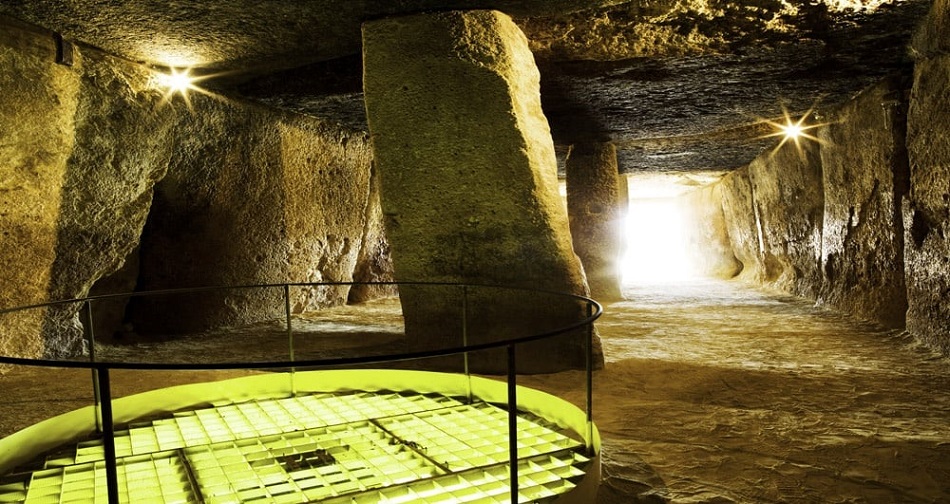

The Menga and Viera dolmens are traditional gallery dolmens, characterized by their large stone slabs arranged in a corridor-like structure leading to a burial chamber. The Menga Dolmen, as mentioned earlier, is particularly notable for its size and the astronomical alignment of its entrance. The Viera Dolmen, while smaller than Menga, is equally impressive with its long corridor leading to a small chamber, and its entrance aligned with the equinox sunrise.
The Tholos of El Romeral, on the other hand, is a different type of megalithic structure known as a tholos dolmen. Unlike the gallery dolmens, a tholos dolmen features a circular chamber with a false dome, constructed from smaller stones. The Tholos of El Romeral is unique for its use of small stones in the construction of the dome, a technique reminiscent of the Mycenaean tholos tombs in Greece.
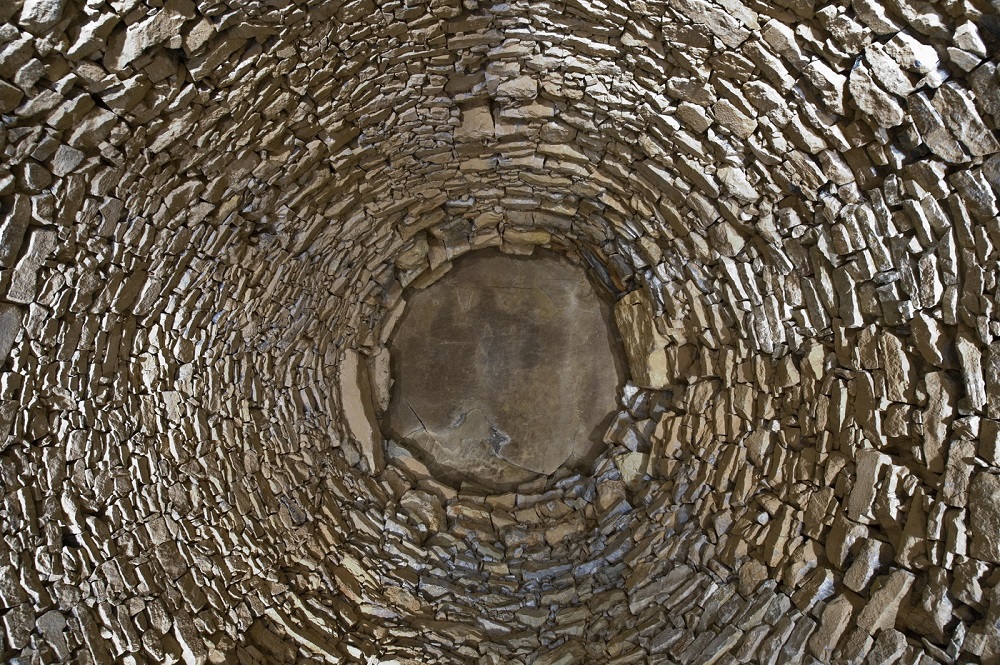

These prehistoric burial mounds are remarkable not just for their architectural complexity, but also for what they reveal about the people who built them. They reflect a society with advanced knowledge of architecture, engineering, and astronomy, and with complex beliefs about death and the afterlife.
The Dolmenes de Antequera is recognized as a UNESCO World Heritage Site, underscoring its global significance. The site is well-preserved and features a visitor center where you can learn more about the dolmens and the people who built them. Guided tours are available, offering in-depth information and insights about the site.
Delve into History at the Municipal Museum of Antequera: A Cultural Treasure Trove in Andalusia
Situated in the heart of Antequera at Plaza del Coso Viejo, the Municipal Museum of Antequera is a treasure trove of historical and cultural artifacts. This museum houses a vast collection that traces the rich archaeological history of Antequera, offering visitors a comprehensive overview of the region’s past.
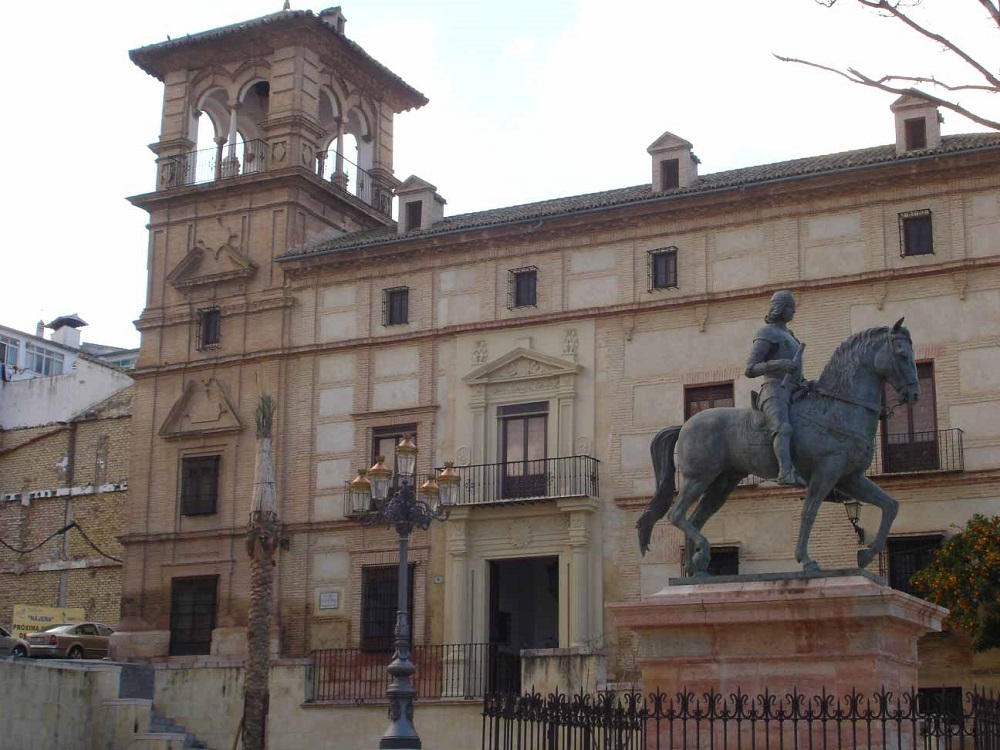

The museum’s archaeological collection is particularly impressive, with artifacts dating back to Roman times. These artifacts, which include pottery, sculptures, mosaics, and coins, provide a fascinating glimpse into the lives of the people who once inhabited this region. Each artifact tells a story, offering insights into the social, economic, and cultural aspects of Roman life. The museum’s collection also includes artifacts from the Moorish period, further enriching the narrative of Antequera’s past.
In addition to its archaeological collection, the Municipal Museum of Antequera also features a section dedicated to baroque and contemporary art. This section showcases a variety of artworks, including paintings, sculptures, and decorative arts, from the baroque period to the present day. The artworks on display reflect the evolution of artistic styles and trends over the centuries, offering a visual journey through the history of art.
If you are willing to visit it, check their official website, and if you are looking for other museums to visit, check these blogs: Blogs about museums
The museum is housed in a beautiful 18th-century palace, adding to the overall experience. The palace itself is a piece of art, with its elegant architecture and beautifully maintained gardens. As you explore the museum, you can also admire the architectural details of the palace, from its grand staircase to its ornate ceilings.
Experience the Grandeur of Colegiata de Santa Maria la Mayor: A Renaissance Masterpiece in Antequera
Located in the heart of Antequera at Plaza de Santa Maria, the Colegiata de Santa Maria la Mayor stands as a magnificent testament to the grandeur of Renaissance architecture. This beautiful church, with its serene atmosphere and stunning architectural details, offers a peaceful retreat from the bustling town, inviting visitors to step inside and experience a moment of tranquility.
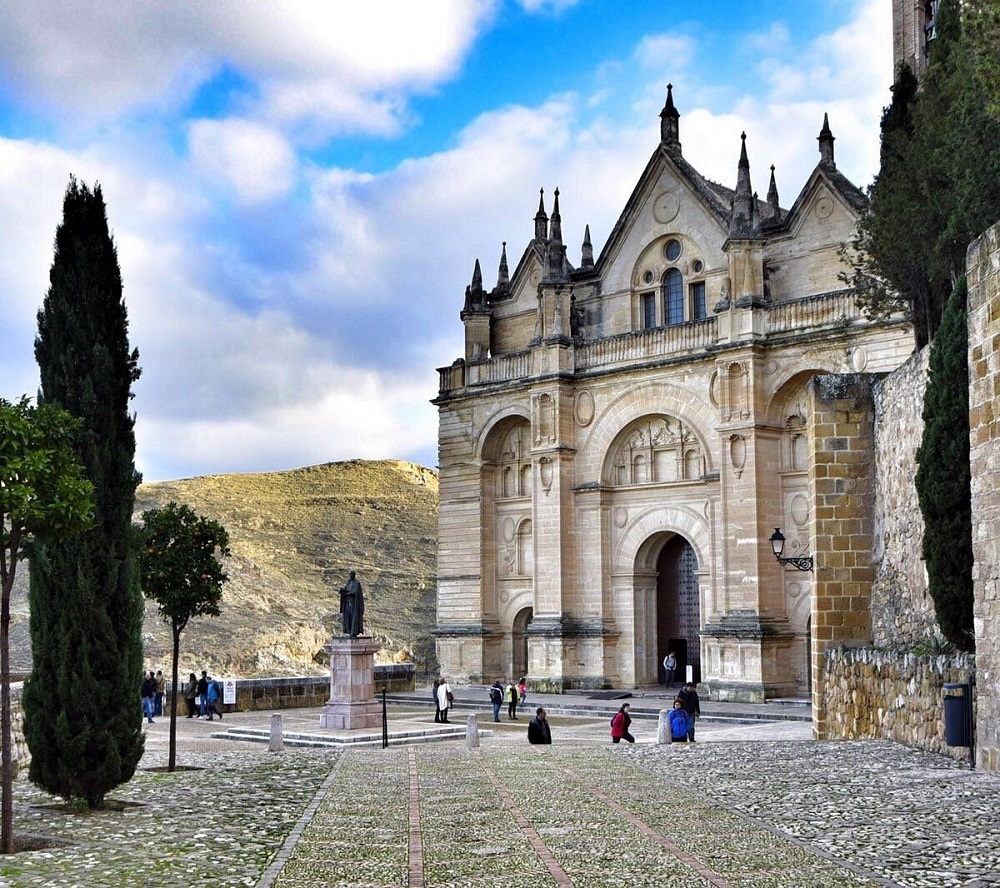

The exterior of the Colegiata de Santa Maria la Mayor is impressive, with its grand façade and towering bell tower. However, it’s the interior of the church that truly captivates visitors. As you step inside, you are greeted by a vast, open space filled with light. The high ceilings, the white walls, and the elegant arches create a sense of grandeur and serenity that is truly awe-inspiring.
One of the highlights of the church is the stunning altarpiece. This magnificent piece of art, with its intricate carvings and gold leaf detailing, is a masterpiece of Renaissance art. The altarpiece depicts various scenes from the life of the Virgin Mary, each scene rendered with remarkable detail and artistic skill. As you stand before the altarpiece, you can’t help but marvel at the craftsmanship and artistry that went into its creation.
Another notable feature of the Colegiata de Santa Maria la Mayor is the beautiful choir stalls. These wooden seats, carved with intricate designs, are a testament to the skill of the craftsmen who created them. The choir stalls add a touch of elegance to the church, enhancing its overall aesthetic appeal.
Find Serenity at Convento de las Descalzas: A Unique Attraction in Antequera
Located at Plaza de las Descalzas, the Convento de las Descalzas is a place of tranquility and spiritual reflection. This serene convent is home to a community of Carmelite nuns who have dedicated their lives to prayer and contemplation. The convent, with its peaceful atmosphere and beautiful architecture, offers a unique insight into the monastic life.


The Convento de las Descalzas is not just a place of worship; it’s also a repository of religious art and artifacts. The convent houses a museum where visitors can explore a collection of religious items that reflect the rich history and spiritual traditions of the Carmelite order. The collection includes a variety of artifacts, from religious paintings and sculptures to liturgical objects and historical documents.
As you explore the museum, you can gain a deeper understanding of the Carmelite order and its spiritual practices. Each artifact tells a story, offering insights into the religious beliefs and practices of the nuns who live in the convent. The museum also provides a glimpse into the history of the convent and the role it has played in the local community.
In addition to the museum, the Convento de las Descalzas is also known for its beautiful architecture. The convent features a beautiful chapel with a stunning altarpiece, a peaceful cloister, and a charming courtyard. These architectural features add to the overall serenity of the convent, making it a peaceful retreat from the hustle and bustle of the town.
Discover the Flamingo Haven at Fuente de Piedra: A Natural Marvel Near Antequera
Just a short drive from Antequera, the Fuente de Piedra, a natural salt lake, beckons with its tranquil beauty and vibrant wildlife. This serene haven is not just a lake, but a thriving ecosystem that serves as a sanctuary for a diverse range of wildlife, most notably its vibrant flamingo population.
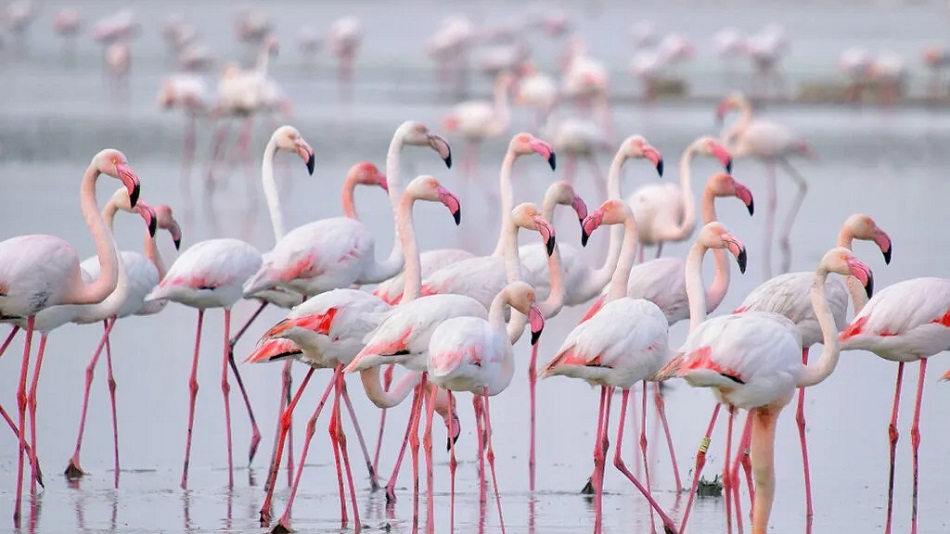

The Fuente de Piedra is renowned as one of the most important breeding grounds for flamingos in the Iberian Peninsula. Every year, thousands of these elegant birds flock to the lake, their striking pink plumage creating a breathtaking spectacle against the serene backdrop of the salt lake. This annual congregation of flamingos is a sight to behold, a natural phenomenon that draws birdwatchers and nature enthusiasts from around the world.
But the flamingos are just part of the story. The Fuente de Piedra is home to a variety of other bird species, making it a birdwatcher’s paradise. From avocets and black-winged stilts to various species of ducks and waders, the lake is a haven for bird life. As you explore the area, you might also spot other wildlife, including hares, foxes, and a variety of insects, further adding to the biodiversity of the area.
For photography enthusiasts, the Fuente de Piedra offers endless opportunities. The combination of the tranquil lake, the diverse wildlife, and the stunning landscapes make for captivating subjects. Whether you’re capturing the graceful flamingos in flight, the serene waters of the lake at sunset, or the intricate details of the surrounding flora, the Fuente de Piedra is a photographer’s dream.
Savor the Flavors of Antequera: A Culinary Journey Through Andalusian Culture
Antequera, a charming town nestled in the heart of Andalusia, is not just known for its rich history and stunning architecture, but also for its delectable local cuisine. The culinary scene in Antequera is a delightful blend of traditional flavors and innovative dishes, offering a gastronomic experience that is sure to tantalize your taste buds.
If you want to try other Spanish dishes, check these blogs: Spanish dishes & restaurants
One of the town’s most famous culinary offerings is the mollete, a soft round bread that is a staple in the local diet. The mollete is often served toasted, drizzled with olive oil, and rubbed with garlic. This simple yet delicious treat is a perfect example of the Andalusian cuisine – humble, straightforward, yet bursting with flavor. The mollete can also be enjoyed with a variety of toppings, from traditional Spanish ham to local cheeses, making it a versatile and satisfying dish.
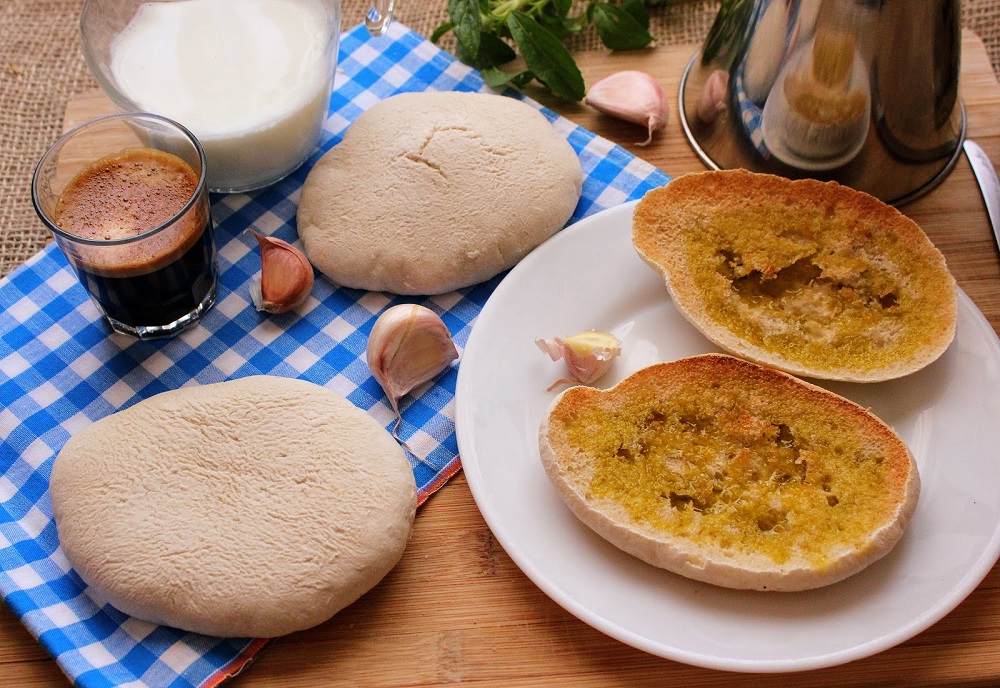

Another local specialty is the porra antequerana, a cold tomato soup that is a cousin of the more famous gazpacho. This hearty soup is made with ripe tomatoes, bread, garlic, and olive oil, resulting in a refreshing and flavorful dish that is perfect for the hot Andalusian summers. The porra antequerana is often garnished with hard-boiled eggs or ham, adding an extra layer of flavor and texture to the dish.


For those with a sweet tooth, Antequera offers the bienmesabe, a sweet dessert made from almonds, sugar, and egg yolk. This traditional dessert, whose name translates to “tastes good to me,” is a testament to the Moorish influence on Andalusian cuisine. The bienmesabe is a rich and creamy dessert, with the sweetness of the sugar perfectly balanced by the nuttiness of the almonds and the richness of the egg yolk.


In essence, Antequera is a captivating town that seamlessly weaves together threads of history, culture, and natural splendor. It’s a place where ancient monuments whisper tales of the past, natural landscapes inspire awe, and culinary delights tantalize the senses. Whether you’re an enthusiast of historical narratives, a devotee of nature’s grandeur, or a culinary explorer, Antequera extends an invitation to a unique experience. So, ready your travel essentials and embark on a memorable journey to this radiant jewel in the heart of Andalusia.



